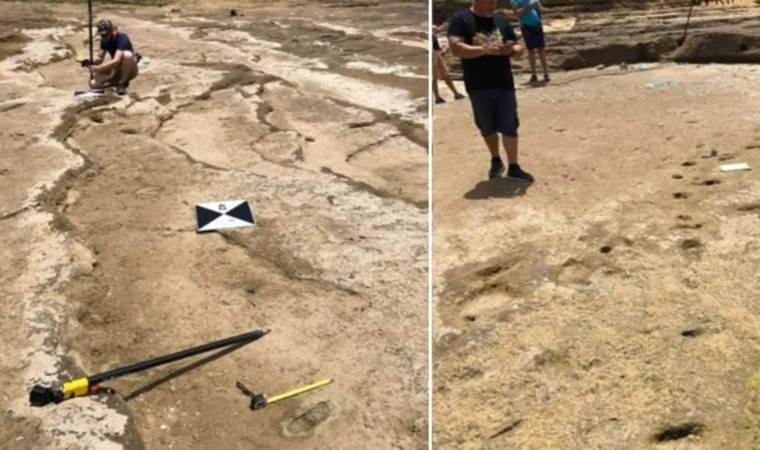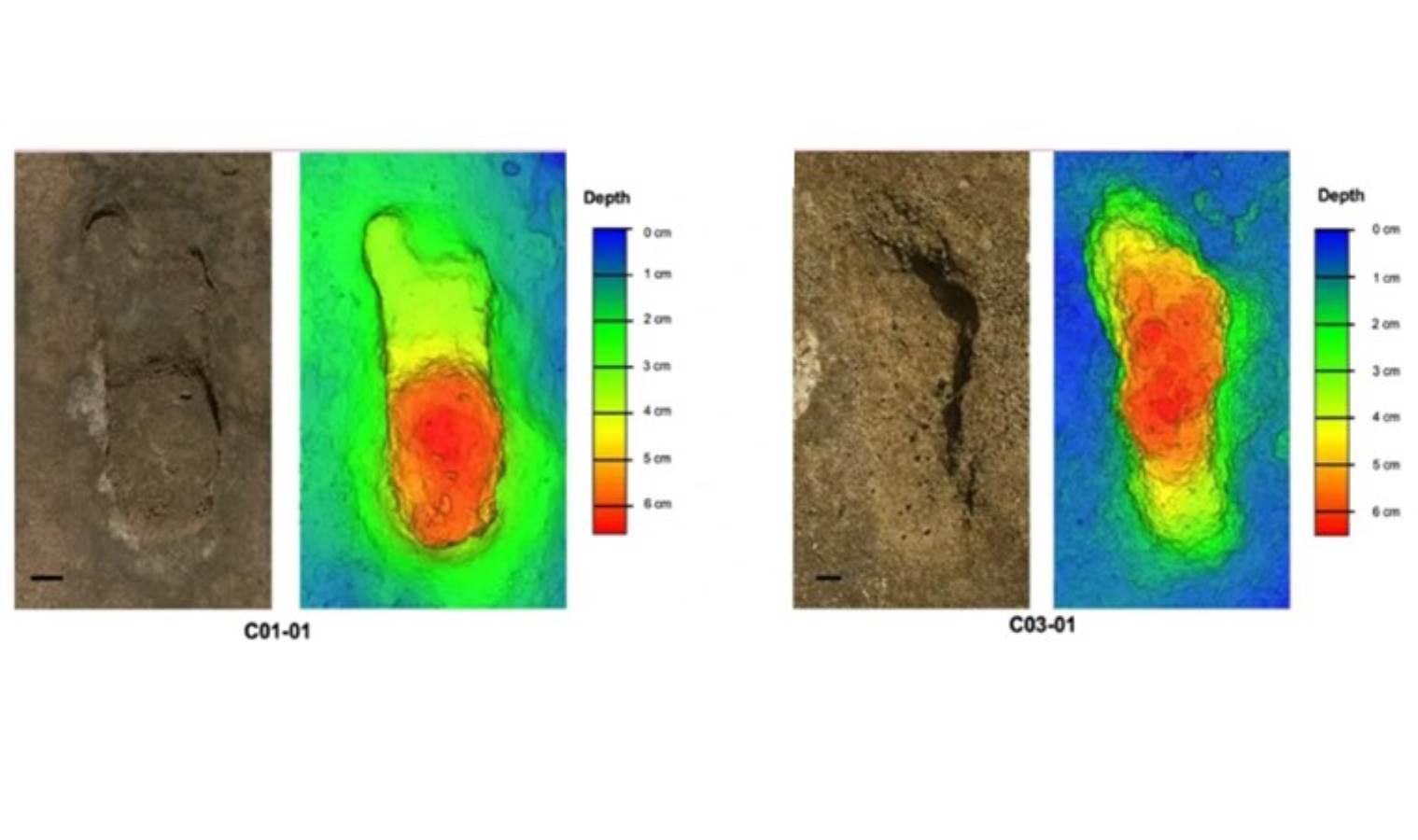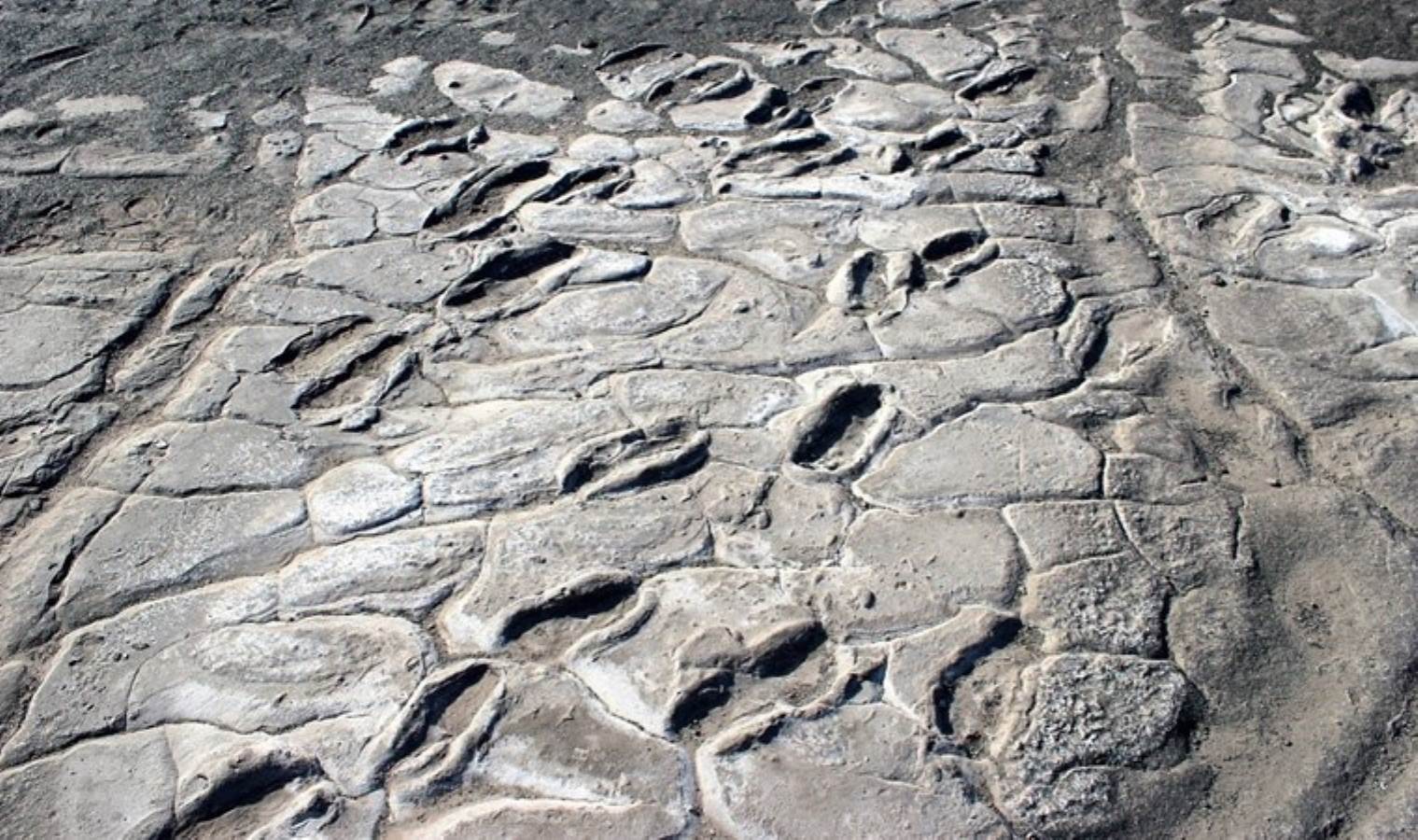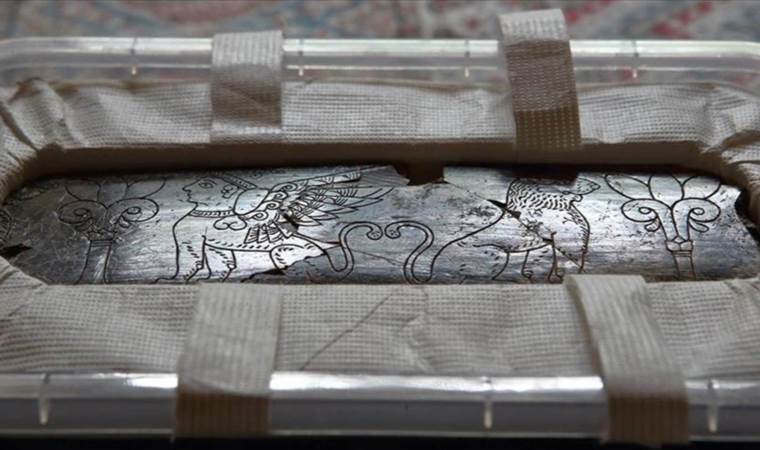Prehistoric giants: 90,000-year-old footprints suggest tall ancestors
Archaeologists have uncovered the oldest human footprints ever discovered in North Africa and the South Mediterranean on the coasts of Morocco. Dated to about 90,000 years ago, these footprints also belong to "the oldest footprints worldwide attributed to our species, Homo sapiens."

An international team of archaeologists recently discovered these 90,000-year-old human footprints near the city of Larache on the northwest coast of Morocco. Fossilized human remains have also been found in the mountainous region of Jebel Irhoud in North Africa.
Researchers counted a total of 85 footprints over an area of approximately 2,800 square meters along a coastal strip. Based on the shape, size, and arrangement of the prints, the team concluded they were made by Homo sapiens.
The group reported that the footprints belonged to at least five individuals: a small child, a larger child, an adolescent, an average-sized adult, and an exceptionally tall adult. The latter is believed to be a male standing 189 centimeters tall, an extraordinary height for a prehistoric human.
NEW TECHNOLOGY USED
Researchers employed optically stimulated luminescence to date the prints.
This cutting-edge technique reveals how long a grain of sand has been exposed to sunlight, thereby indicating how long the sediment in question has been buried. This method determined the footprints were left approximately 90,300 years ago, with a reported margin of error of about 7,600 years.
The archaeological team stated, "The footprints in Larache represent a significant discovery. Indeed, no other site in North Africa has yielded footprints from the Pleistocene or Pliocene epochs. Therefore, these are the oldest human footprints in this region and rank among the oldest footprints worldwide attributed to Homo sapiens."

FOOTPRINTS IN THE ARABIAN PENINSULA
Researchers note that older Homo sapiens footprints have been found in only two other locations: the first in the Arabian Peninsula, dating back about 120,000 years, and the second in South Africa, dating to approximately 153,000 years ago.
Before the year 2000, there were only a handful of sites where one could find ancient human footprints older than 50,000 years, all located in East and South Africa. However, excavations in the last twenty years have uncovered many more footprints predating this era.
Even in North America, which is relatively new to human presence, archaeologists recently unveiled human footprints in New Mexico dating back 23,000 years.
THE OLDEST FOOTPRINTS DISCOVERED IN HISTORY
Several significant discoveries have shed light on the oldest human footprints and their ages, offering valuable insights into the evolutionary history and dispersal of humans. While these discoveries pertain to pre-Homo sapiens species, they provide crucial information about our ancestors' locomotion, social behavior, and environmental conditions during their times.
Among the oldest discoveries and their locations are:
Laetoli, Tanzania: Discovered by Mary Leakey and her team in 1976 and 1978, these fossilized footprints date back approximately 3.6 million years and are thought to have been made by two or three individuals of the Australopithecus afarensis species. The Laetoli footprints are among the earliest evidence of bipedal locomotion in human ancestors.

Happisburgh, England: Discovered in 2013, these footprints, dating back about 800,000 to 1 million years, are the oldest human footprints found in Europe to date. They offer significant clues about how and when early human species spread to Europe.
Koobi Fora, Kenya: Footprints dating back approximately 1.5 million years, believed to belong to Homo erectus or Homo ergaster, provide insights into the social behaviors and locomotion of our ancestors.
Ileret, Kenya: Also dating back about 1.5 million years and attributed to Homo erectus, these footprints offer valuable information about early human walking patterns and social structures.
These findings help us understand our ancestors' walking patterns, social structures, and dispersal while providing information about the climatic and environmental conditions of their epochs. However, research in this field is ongoing, and discoveries continually update our understanding of human evolution.

